SUMMARY
This is AI generated summarization, which may have errors. For context, always refer to the full article.
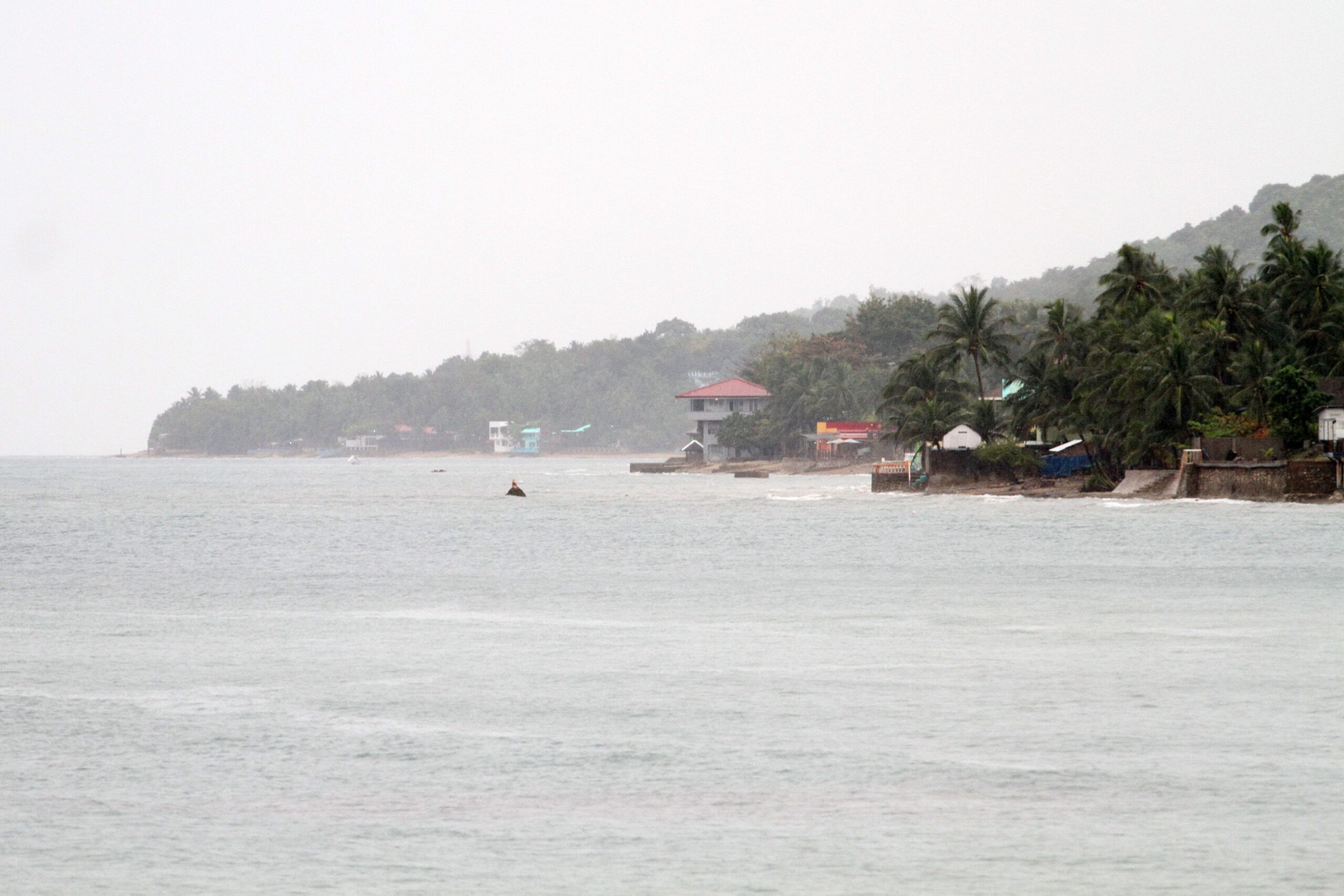
CEBU, Philippines – Environmentalists from the Save Cebu Movement demanded on Friday, April 21 a halt to reclamation projects in Cebu island.
A day before World Earth Day, the group bared that Philippine Reclamation Authority (PRA) records a potential loss of 2,946.65 hectares of city and municipal waters around Central Visayas’ main island.
This, in turn, threatens the marine biodiversity and food security of Central Visayas’ premier island and surrounding ones, the group warned.
“The Save Cebu Movement stands firm in its unified call to stop the reclamation projects in Cebu and to prioritize the protection and conservation of the environment, the fisheries industry, and the rights of the marginalized and vulnerable sectors of our society,” said the group that launched in November 2022 to unite various groups opposing reclamation projects.
Reclamation or dump-and-fill projects convert bodies of water into land for the purpose of setting commercial, industrial, leisure, or residential establishments.
The proposed reclamation projects in Cebu include:
Mandaue City
- Mantawi Harbour Esplanade (2.85 hectares)
- Mandaue (Kit) Reclamation (95 hectares)
- Mandaue City North Reclamation & Development Project (131 hectares)
Mactan Island
- Mactan North Reclamation and Development Project/Mactan Cebu Ocean City (400 hectares)
- Cordova-SM Reclamation (1,500 hectares)
- Lapu-Lapu 203-Hectare Reclamation (203 hectares)
- Cebu Province Reclamation in Cordova (254 hectares)
Other Municipalities
- The Seafront City Project in the Municipality of Consolacion (235.8 hectares)
- New Cebu International Container Port Project in the Municipality of Consolacion (25 hectares)
- Minglanilla Industrial Park in the Municipality of Minglanilla (100 hectares)
Life and death
At the press conference, Jiovanni Polestico of PANGISDA Pilipinas, an organization of small-scale fisherfolks in the country, questioned who would benefit from these reclamation projects.
Fisherfolks have been displaced by multiple reclamation projects, Polestico stressed.
His community in Barangay Punta Engaño is threatened by the 203-hectare proposed reclamation initiated by the Lapu-Lapu City government, in partnership with Mactan Bluewater Development Consortium.
“Mas dako ang kadaot sa kinaiyahan, sa katawhan kaysa sa mahimong benefit anang reclamation,” Polestico said.(The damage to nature, to people, is more than the perceived benefit from the reclamation)
Fisherfolks are among the country’s poorest citizens.
According to Polestico, fishermen in the Mactan area earn from P150 to P250 daily.
Reclamation would drive this down further, he warned.
Based on rates from the National Wages and Productivity Commission, non-agriculture workers get P435 per day, while agri and non-agri with only ten workers is at P425

PANGISDA Pilipinas leaders and members now experience red-tagging and other intimidation tactics by “reclamation advocates” and their protectors in the government.
“Nanawagan mi nga atong baybayon, atong kinabuhi. Atoang protektahan. No to reclamation,” Polestico said. (We make this call that it is our shores, our lives. We will protect it.)

What local governments say
Reclamation projects often pit environmentalists and the fishing sector against local governments.
Despite multiple protests from shipyard workers, Consolacion Mayor Joannes “Joyjoy” Alegado in October 2021 said the Seafront City reclamation project will proceed.
“We cannot sacrifice the welfare of future generations for the sake of the preservation of the interest of the few,” the mayor said.
Alegado claimed the project would create at least 57,000 jobs and add P600 million annually to the municipal government’s revenues.
As the gateway to northern Cebu, the town needs to keep pace with the tri cities of Cebu, Mandaue and Lapu-Lapu, he pointed out. But because the town is 70% mountainous, it needs to expand its foreshore and offshore areas.
The fate of fisherfolk will also affect the province’s food security.
The population of Cebu province plus the three independent cities on the island stood at 5.151 million, according to the 2020 census.
Two major fishing grounds surround the island: the Visayan Sea with 3,096 hectares, and the 2,476.80-hectare Camotes Sea, which borders most of the reclamation projects.
In 2021, the Philippines Statistics Authority (PSA) said Cebu accounted for 57.9% of fisheries production in Central Visayas (Region XII). The Philippine Fisheries Profile of 2020 put the municipal waters fisheries production of the region at 78,536.78 metric tons.
Defending home
“The reason why we decided to form this coalition is really to assist the (affected) communities, lawyer Joy Argallon of the Philippine Earth Justice Center (PEJC) said during the same press conference.
“Mostly, when the people hear their barangay captains or mayor say that there would be a reclamation, they would have no choice but to agree,” she added.
Argallon is among PEJC’s legal representatives aiding Catmon town residents in resisting the joint agreement between the local government and private firm for a 95.5-hectare reclamation project.
Rappler’s Visayas Bureau went to the municipality and interviewed Catmon Mayor Avis Monleon.
The local chief executive defended the project, saying it would wake up their ‘sleeping town. But she also admitted to not doing any research on the proposed project’s environmental impact.
Sprouting in Visayas
Besides Cebu, reclamation projects in other Visayan provinces have also drawn protests.
Paolo Echavez of Kabataan Partylist Cebu cited the 174-hectare reclamation project in Dumaguete City.
Echavez said LGUs justify questionable reclamation agreements with private contractors by dangling the huge economic returns.
The 174 reclamation project promised to turn Dumaguete into a “smart city’ island with mixed-use commercial and residential space, a business hub, malls, and a docking port for a planned Dumaguete Yacht Club.
But part of the policies in the joint-venture agreement with a Chinese firm was “a very questionable non-disclosure agreement,” Echavez said.
Dumaguete scientists and academics released a statement in July 2021, warning officials that the project would destroy the habitat of more than 200 species of fish that local fisherfolk rely on for livelihood and subsistence.
In August 2022, a public hearing was held on the Maasin City Reclamation Project (MCRP) in Leyte. Environmentalists and fisherfolk confronted city officials and project proponents over the lack of proper permits and Environmental Compliance Certificate (ECC).
An article from the Southern Leyte Times reported that the local opposition accused the local government of calling the meeting only after the start of project implementation.
Reclamation projects threaten the country’s lush waters.
The Philippines is considered the world’s center of marine biodiversity. The country forms a part of the Coral Triangle which contains nearly 30% of the world’s reefs and more than 3,000 species of fish.
Lawyer Liza Osorio of Oceana said that protecting the Philippines’ marine biodiversity has been very challenging because of the government’s “inconsistency” with priorities towards food security.
“By protecting our oceans, we can provide food security and in fact, the president has said that food security is his focus for his administration but why are we seeing all these projects that are being approved left and right,” Osorio said.
As of this writing, there is still a moratorium on the acceptance of new applications for reclamation, indicated in Presidential Directive No. 2022-16, signed by then-president Rodrigo Duterte on April 12, 2022. –Rappler.com
Add a comment
How does this make you feel?


















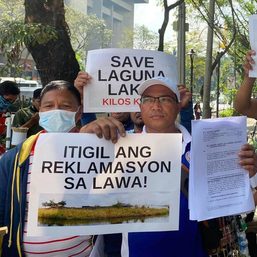
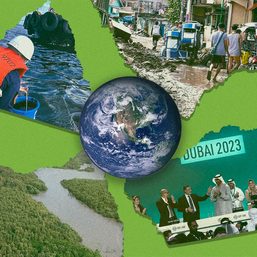
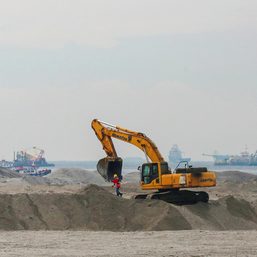
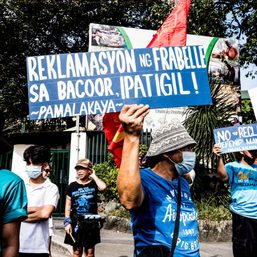
There are no comments yet. Add your comment to start the conversation.